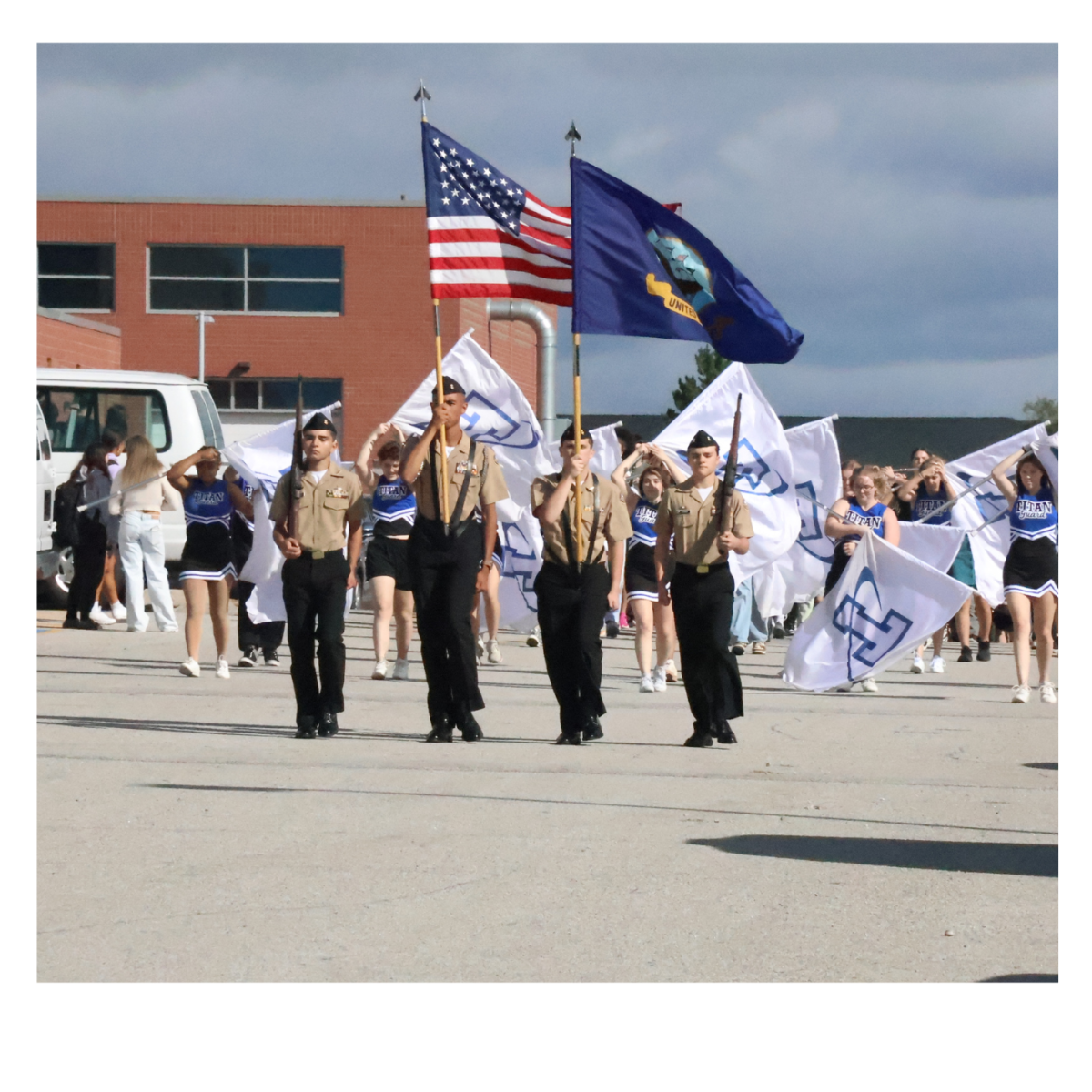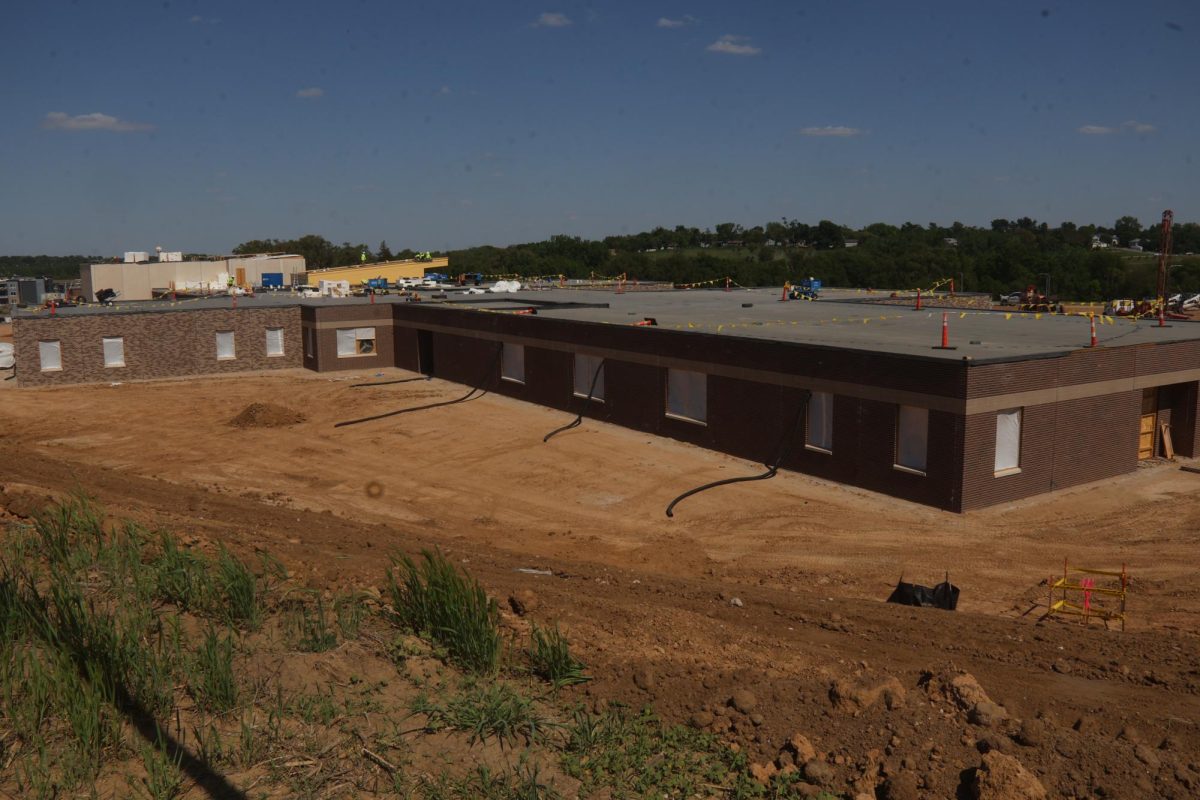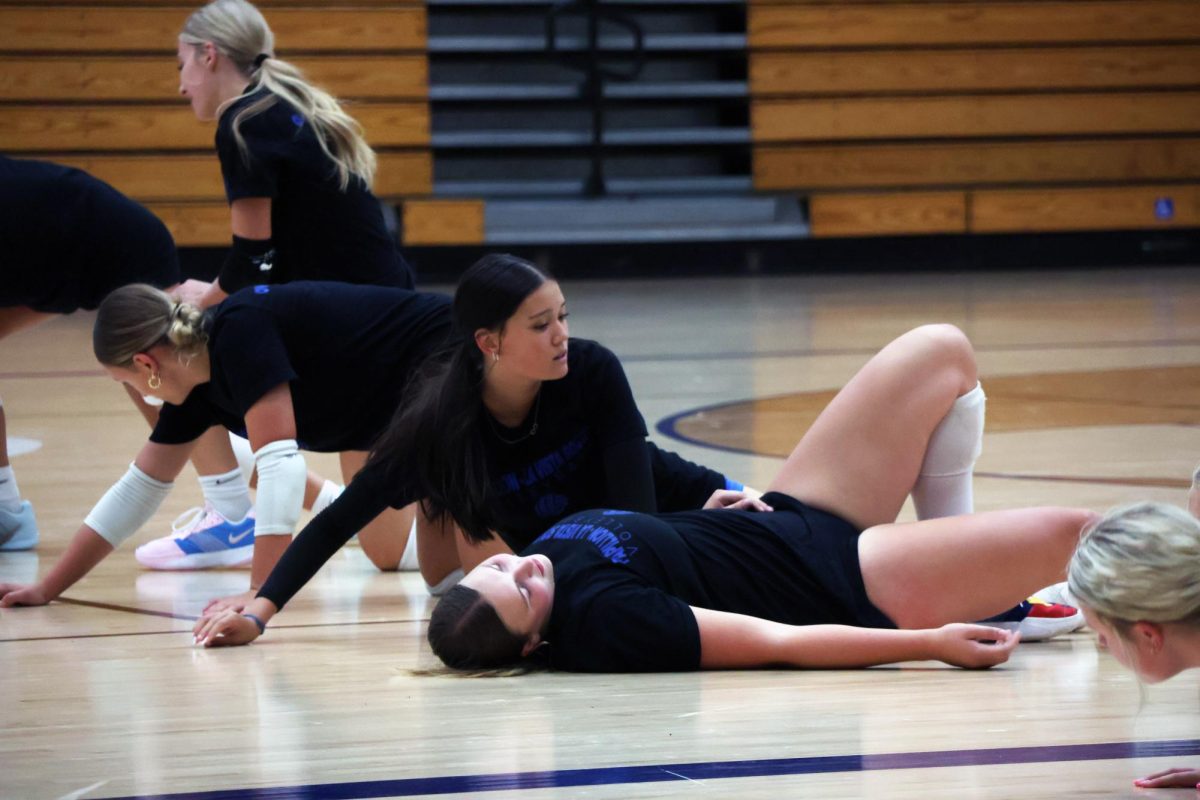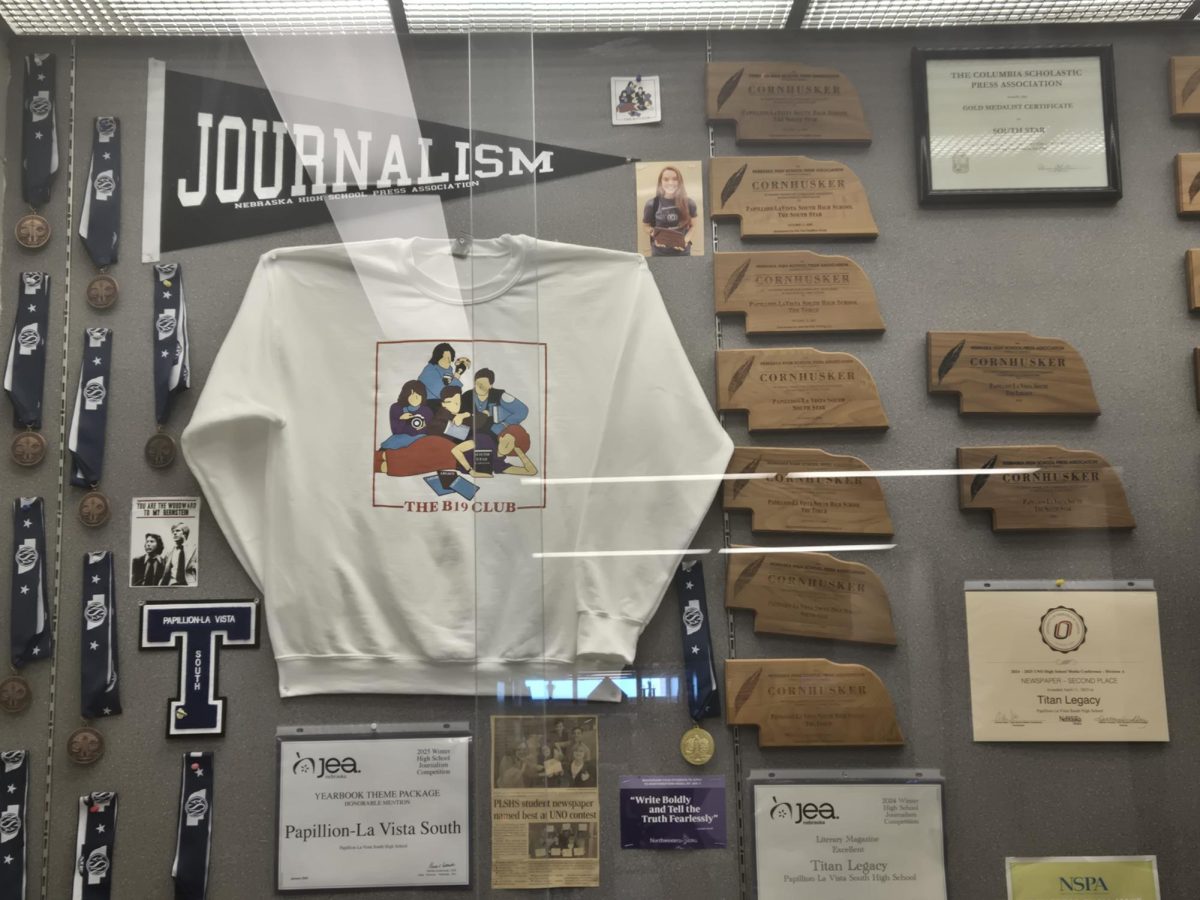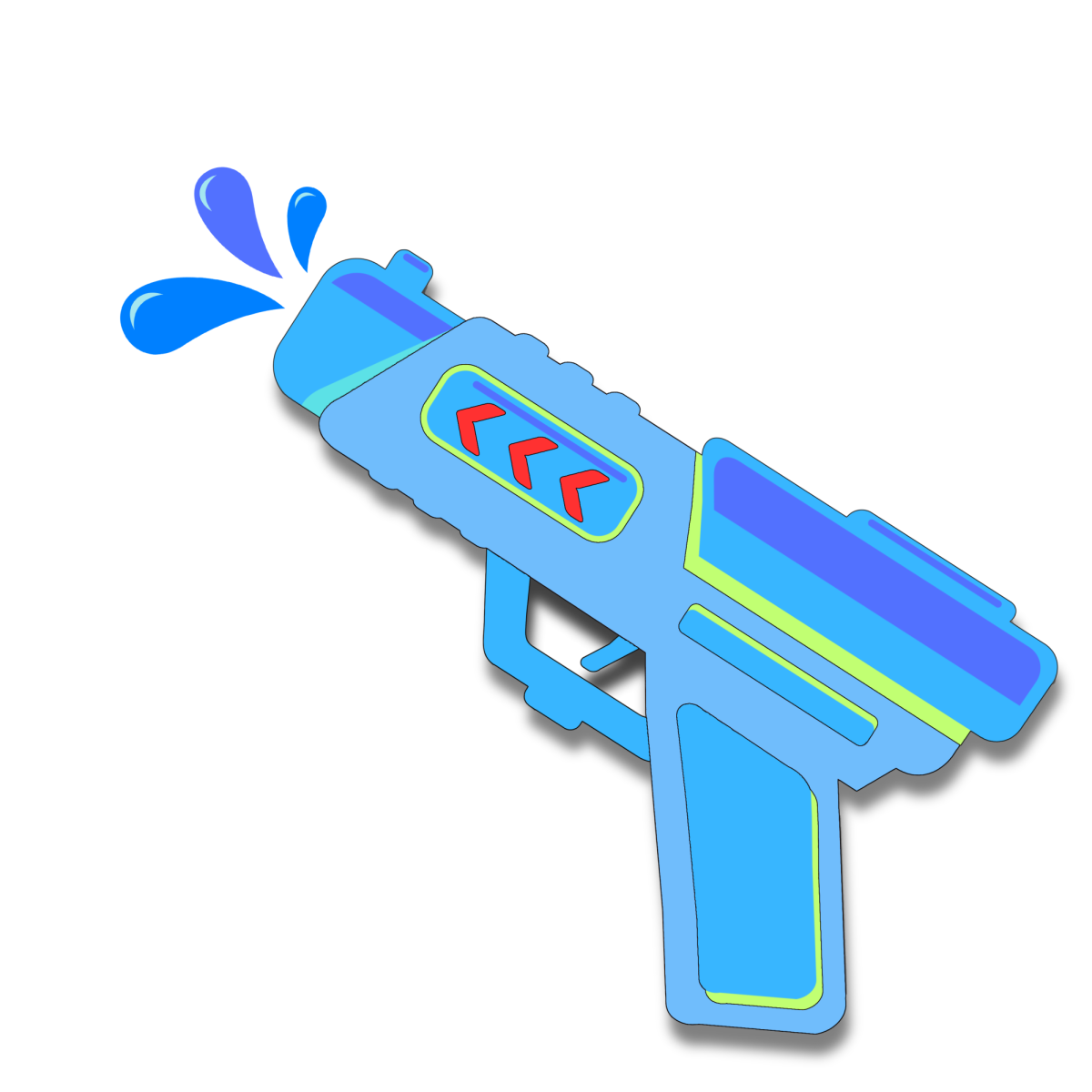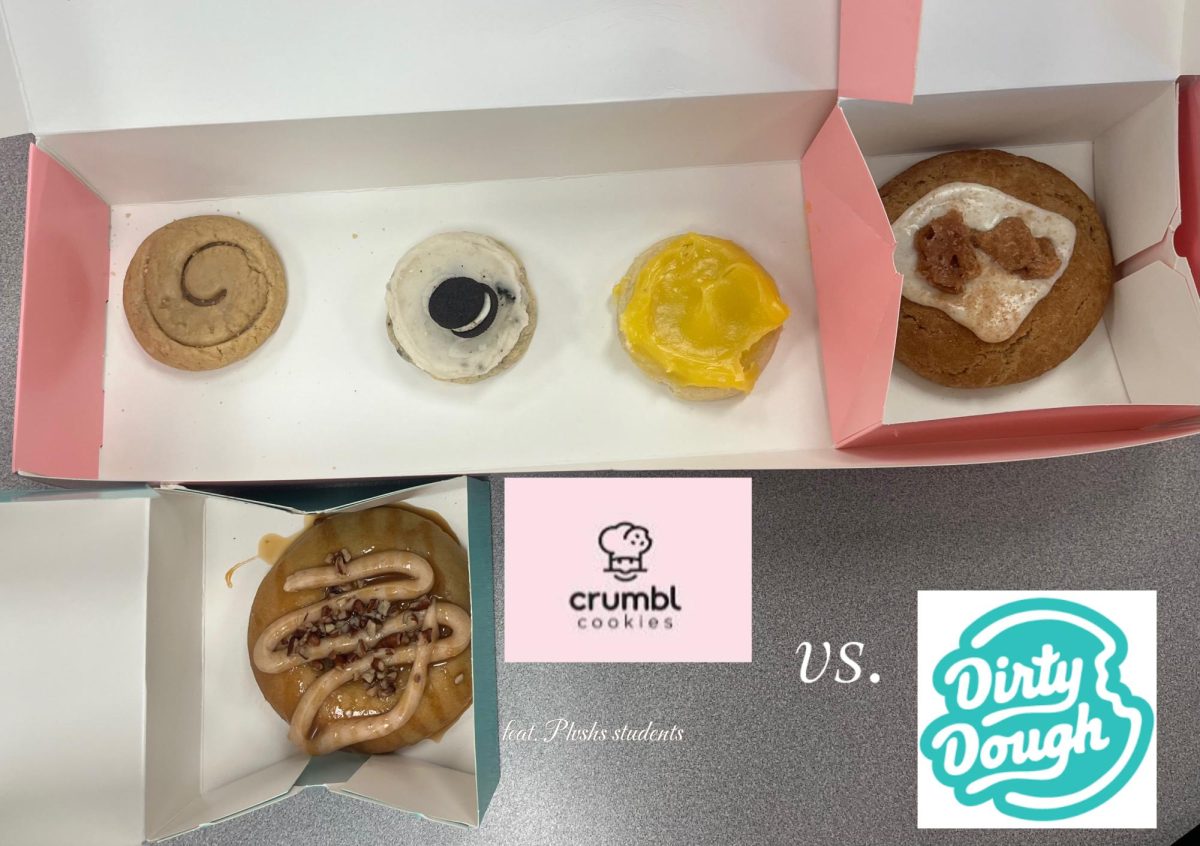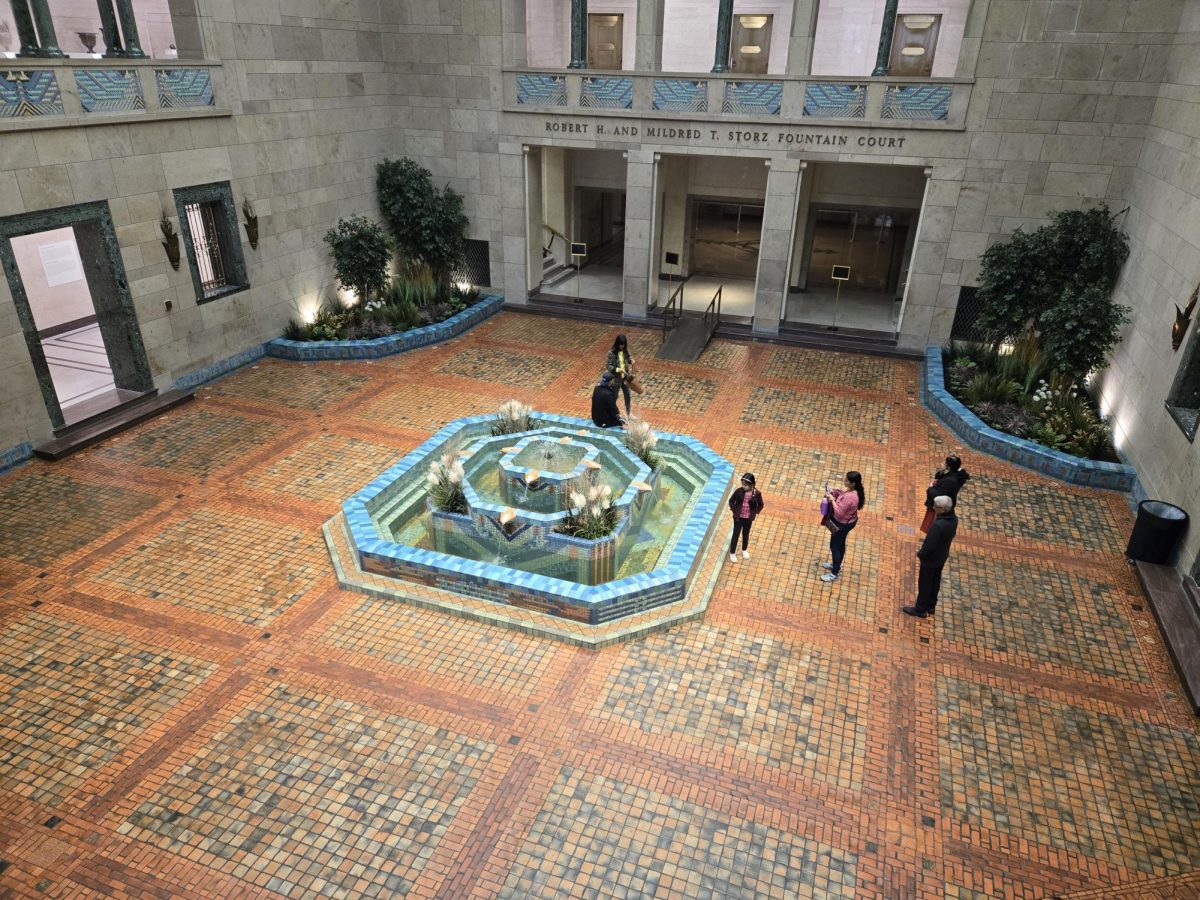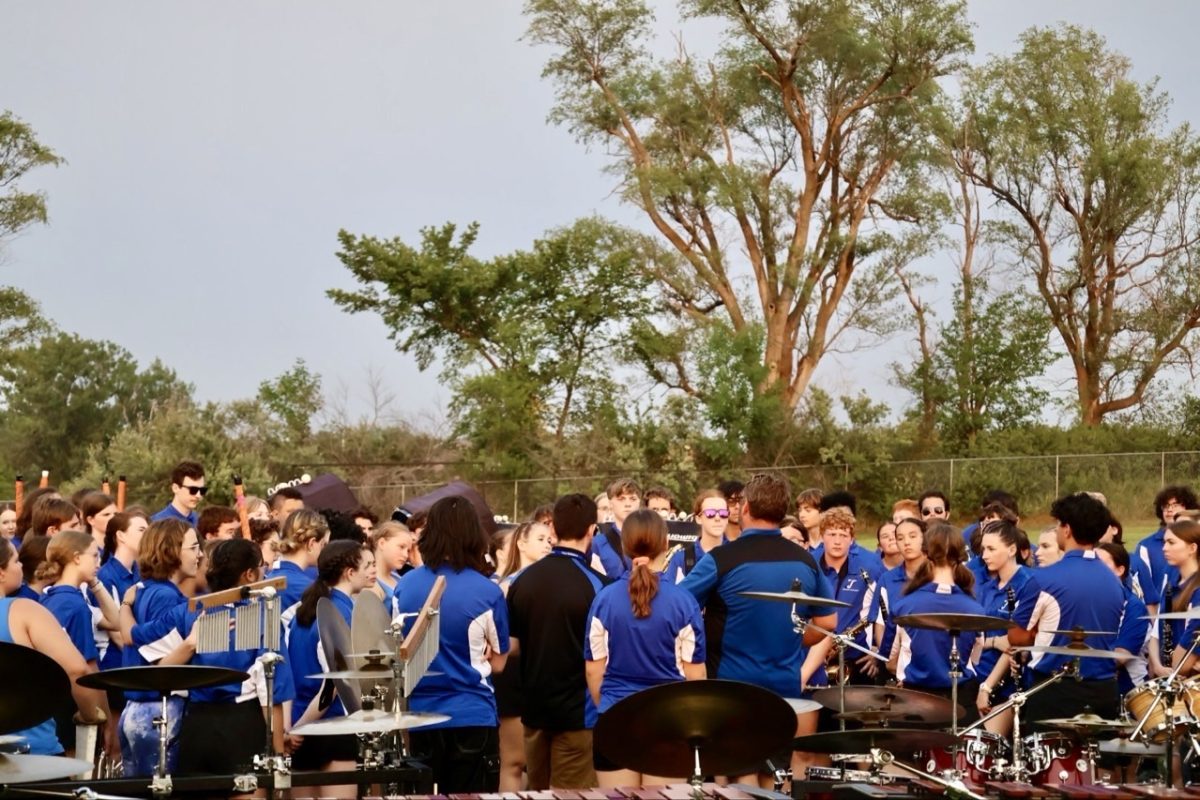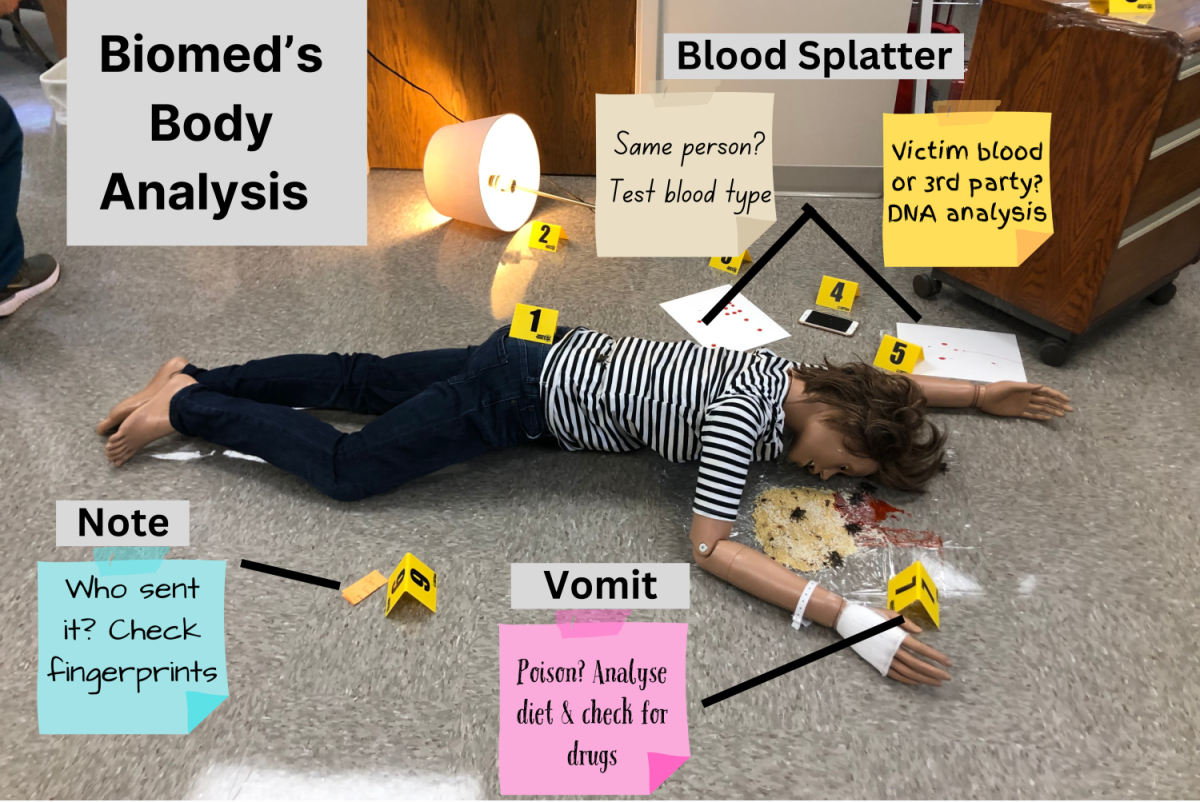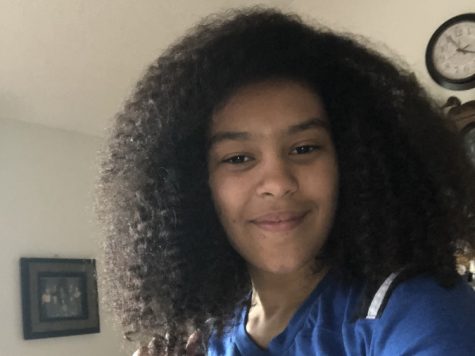I’ve been a part of the Health Systems Academy, also known as Med Academy, almost two out of the two and a half years I’ve been in Papillion. Specifically, I’m a part of the Biomedical Pathway or, as most students call it, Biomed.
Out of the two pathways the Health Academy has to offer, Biomed is the more research focused one. Rather than earning their CNA’s and getting hands-on experience with patients like Patient Care students, Biomed students get to run various different medical experiments and study different body systems.
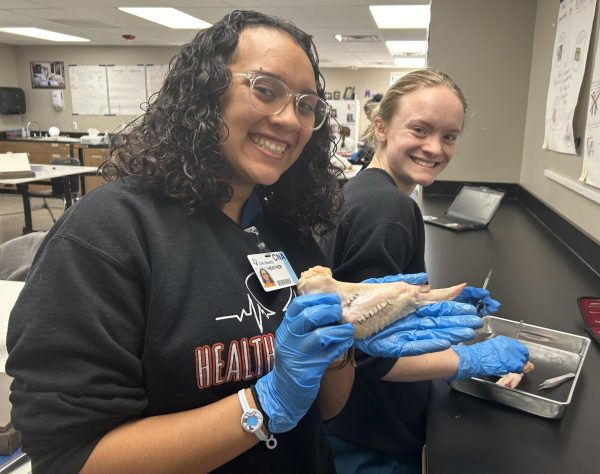
Being the newer of the two Health Academy programs at only four years old, Biomed was started to help expand the program to allow for more students and offer different kinds of opportunities for students to explore the medical field. Despite being part of Health Academy, Biomed’s curriculum might be more closely compared to that of STEM Academy. Both STEM and Biomed get their lessons from Project Lead the Way, a nonprofit organization created by experts in the field to help students have access to high quality STEM curriculum.
The first four courses have students work through detailed lesson plans that dive into how the different body systems work and have students running numerous different tests and simulations that have to do with the medical field.
Just one example of the kind of projects Biomed students complete is The Death of Anna Garcia, a fake woman who was found dead that students are tasked with finding the cause of death for. This singular initial problem leads into a unit that covers a variety of things, such as toxicology and DNA analysis, with students running labs to allow for more hands-on learning.
Most of what’s done in Biomed follows a similar format, with one problem starting off a large unit where students explore the situation from different angles.
The most notable thing about the Biomed program is the variety of different labs students get to run.
Matt Allen, who’s been the Biomed teacher since it began, said, “I feel like the opportunity to get your hands on the lab equipment and the lab materials and do these experiments is pretty unique… There is a cohort [of PLTW Biomedical teachers] that will often share online that they just don’t have the resources to do some of the activities that are present in the curriculum. And it’s just because of funding. So we’re pretty lucky.”
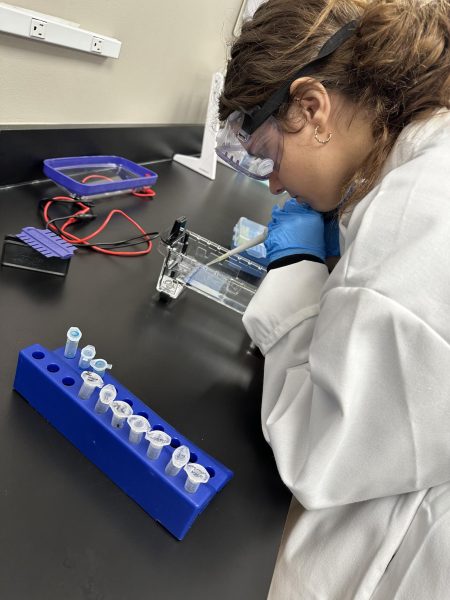
The final course, known as the Capstone Course, acts as a final test for students, forcing them to utilize all the skills they’ve worked on building throughout Biomed. In it, students develop and run their own unique research projects and spend time shadowing an expert of their choice in the medical field.
When asked about the Capstone Course, Allen said, “It really allows students to kind of have the freedom to explore those topics in medicine. So we’ll look at public health, we’ll look at environmental health, look at forensic medicine, we look at experimental design, product design, but all very, very open-ended.”
At the end of the Capstone Course, students get a day to present their finished experiments to family, friends, teachers and even professionals from the hospital.
Overall, Biomed acts as a chance for students interested in the more technical side of the medical field to get their feet wet. It gives them the unique opportunity to get hands-on experience to see if the medical field is right for them and help them narrow down their interests in the field.


![Pictured above is a structure that displays the names of Nebraska Vietnam veterans in order to “honor [their] courage, sacrifice and devotion to duty and country.”](https://plsouthsidescroll.com/wp-content/uploads/2025/10/Trey_092625_0014-e1760030641144-1200x490.jpg)
